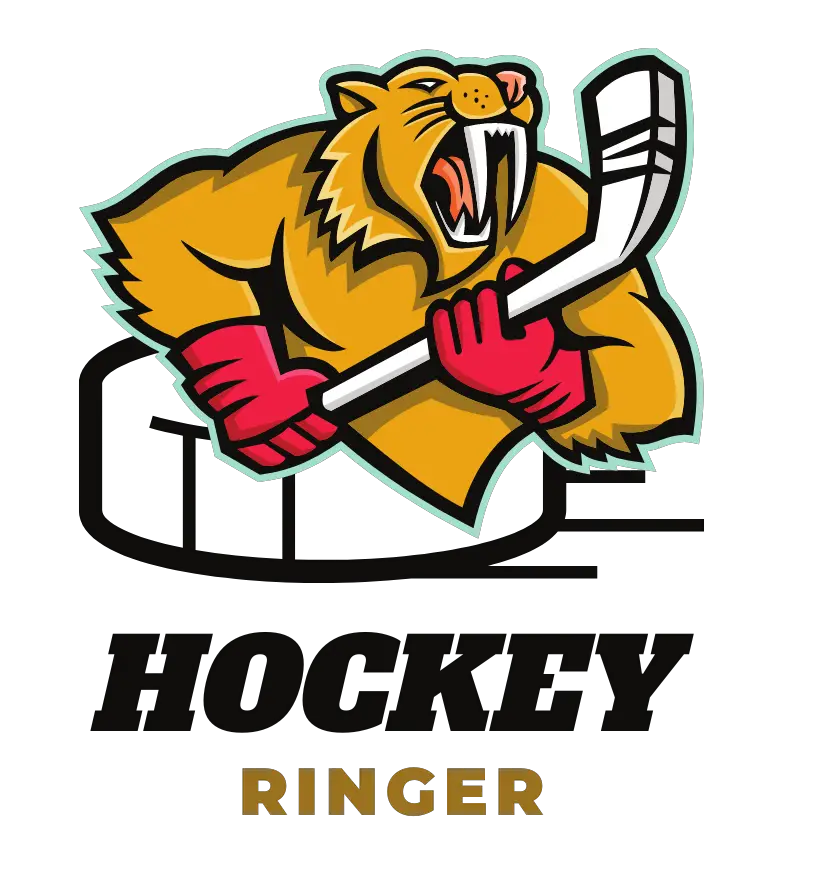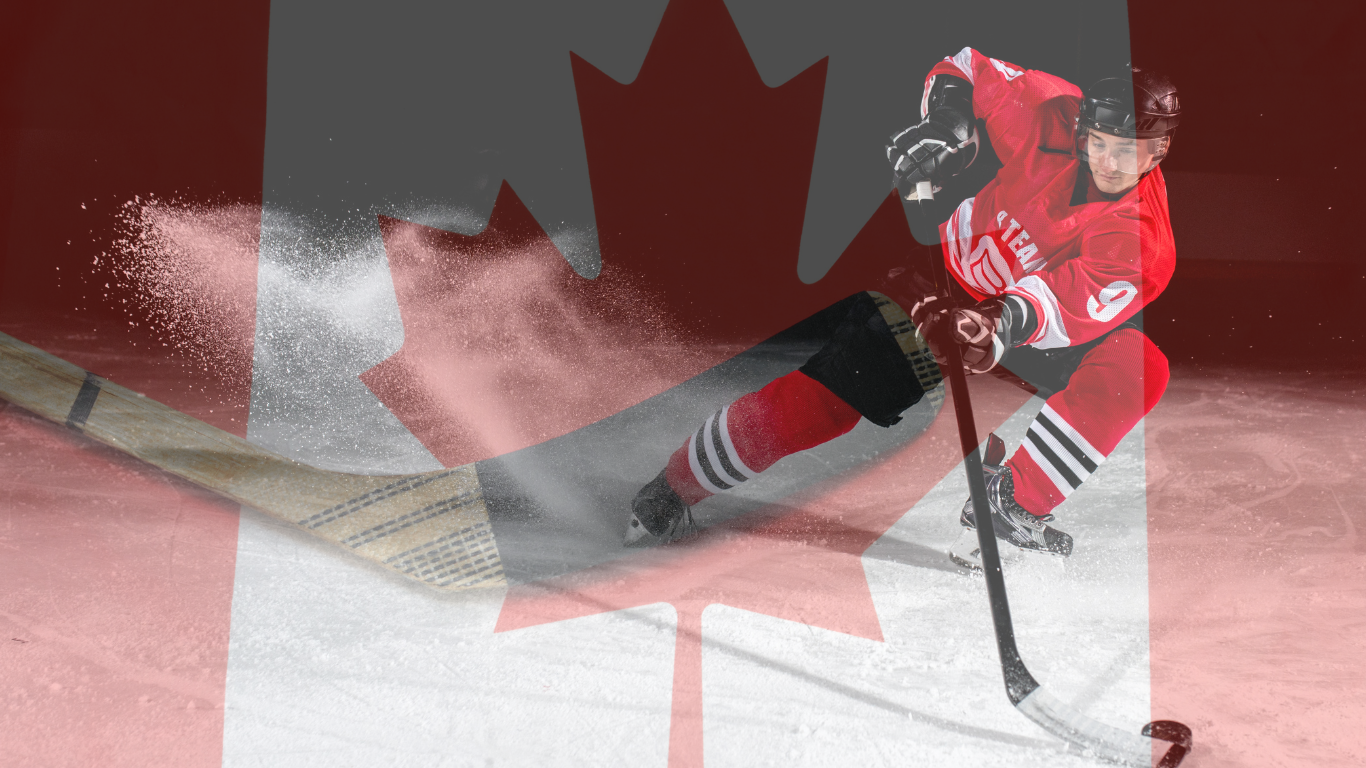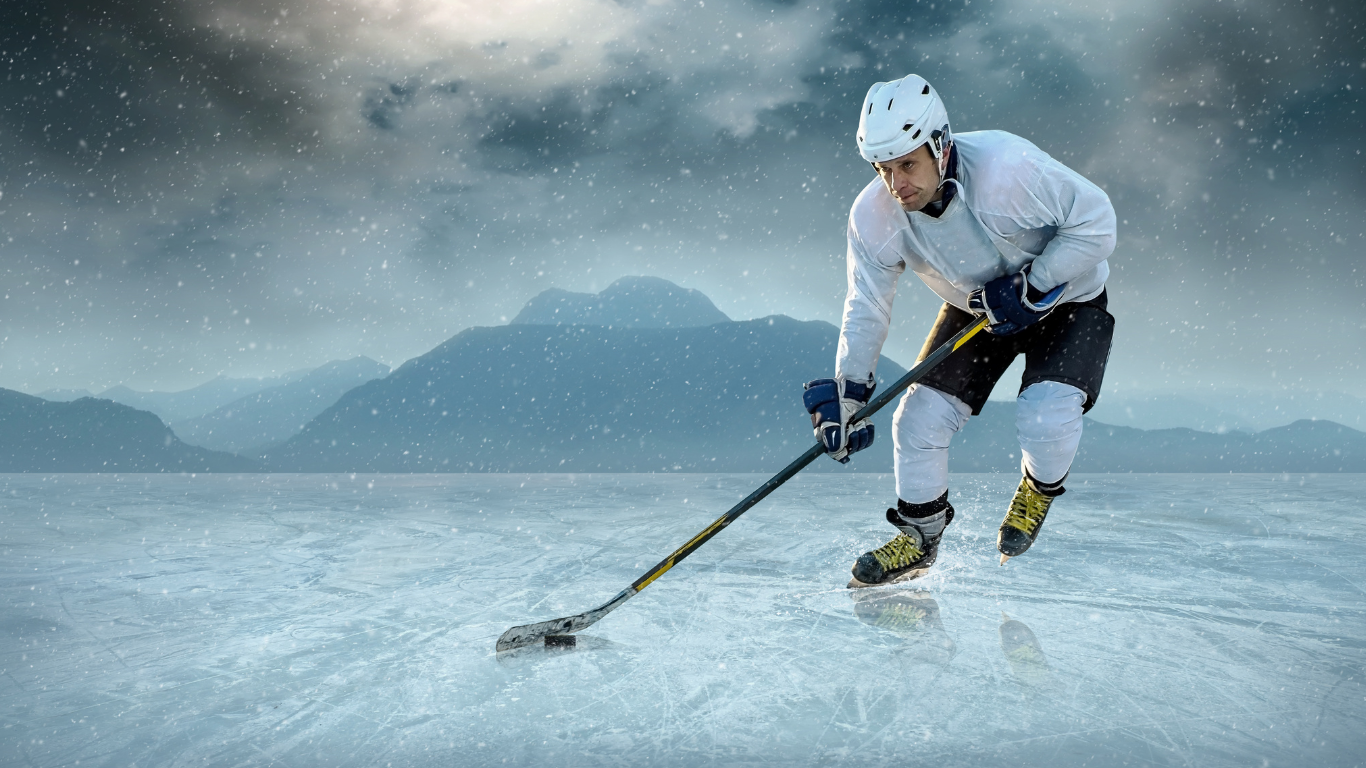I’m so desperate to fix my hockey swing when my puck seems to wobble! It looks like a fidgety piece of rubber hopping up and down on the ice, instead of a nice clean shot by a pro! I figured out how to fix it, finally, and I’ll clue you in on how.
Here’s a hint—your puck isn’t getting enough spin, which is really important in keeping it roaring ahead straight like a rocket. To figure out how to hit the puck so that it spins beautifully, read on.
Why am I Frustrated with My Hockey Shot?

I’m not a pro at ice hockey—I never was; I just enjoyed pick-up games on the ice during the cold winters where I live. My parents enrolled me in a recreational ice hockey league for two years when I was a kid, but I loved basketball, which ran at the same time.
So after juggling an insanely busy schedule where I was attending practices and games for both hockey and basketball every week for two years straight, I finally chose basketball only. But I missed hockey, so I now join the guys from work for a friendly game every week.
It’s been a long time since I had this great coach who installed ice hockey drills into us every week. My shot was much better then. But when I went back onto the ice many years later, I noticed my puck dancing up and down on the ice, like it was skittish.
And when I did some pathetic shots against a goalie, the puck really flipped over when flying through the air, so the goalie had an easy time catching it, like it was nothing.
Basically, I was like.
My friends on my team gave me conflicting advice on what to do, but I checked the Internet when I got home, and afterward, I practiced on my own against an empty net before I headed back to the friendly games.
How Do I Stop My Puck From Fluttering?
If you’re noticing a wobble on your puck, that may mean you’re not putting enough snap into your approach. You’ll notice when you throw a frisbee, the faster it spins, the farther the frisbee goes. It’s the same with a hockey puck.
This can be explained by physics. The faster an object spins, the more inertia it has because the spin is so powerful, the object keeps wanting to keep whatever angle it’s spinning.
If you remember a gyroscope as a kid, you marveled at how it kept on spinning even as you moved it around. The faster it spun, the more you could toy with it and it still wouldn’t quit.
Maybe you even remember spinning a disk as a kid, rolling it on the ground. The faster you spun it, the farther it would go in a straight line. Only when it ran out of steam would the disk wobble and finally maybe go left or right, and then wobble to a stop, falling on its side.
All right, how do we get this spin? This hockey coaching video explains it well. Good hockey players accomplish this through a snapshot or a wrist shot. Here’s a video that explains the difference between snapshots and wrist shots.
How To Do Wrist Shots?
The wrist shot is what the beginner hockey player should learn first. When facing the net, you should incline your upper torso about 45 degrees so you can pack some power into your shot.
At first, you’ll put your weight on your back leg as you bring your stick back. When you sweep the hockey stick toward the puck, you’ll quickly shift your weight to your front foot. This website is handy for “how-to” instructions not in video format.
As you sweep into the puck with your stick, you’ll start pushing forward with your lower hand while at the same time pulling back with your upper hand. This automatically causes you to “roll” your wrists, which is also essential in getting the puck to spin.
If you really want a fast spin on the puck, use the back third of the hockey stick blade to touch the puck. This gives it a lot of room along the blade to make it a spin. This faster spin provides a more accurate shot, with less fluttering.
When you get to be good, you develop “muscle memory” which means—your skill becomes automatic, and that’s a happy place to be.
A fluttering puck is simply the result of poor mechanics. It’s the law of physics, nothing more. It’s up to you to develop the power to get the motion you want.
Remember those tips:
- The further you start the puck at the back of your stick, the more it can “roll” down the blade, and the better its spin.
- The sharper the angle of the stick against the ice (to a certain extent) the more the puck can touch mid-blade from the ice up and the more flex power you can transfer to the puck itself.
- The more your wrists roll, the more spin you can put onto the puck.
- The more pressure on the puck from the stick (which is why hard passes to pro hockey players can result into really powerful shots against the goalie) the faster the puck can soar and keep a stable trajectory.
Okay, Are There Good Videos That Can “Show” Me?
When you watch the videos of snapshots or wrist shots, you see how the experts bend the stick down at an angle so that the puck touches the blade of the hockey stick midway, not at the ice’s surface.
This video explains how to flex your hockey stick so that it leans in at an angle against the puck, and not only that, stores more energy through the flex and releases it when it finally touches the puck.
Then this video shows how you use the power of your wrists to close in onto the puck. As the guy says, it’s a closed, open, and closed sequence that ties in closely with the “rolling” momentum and gives your puck spin.
Similarly, a top hand roll can help, as explained by this video. There you have it, all those techniques are similar in that you “cup” the puck, use the power of your wrists, curve the puck within your shot, and send it spinning.




